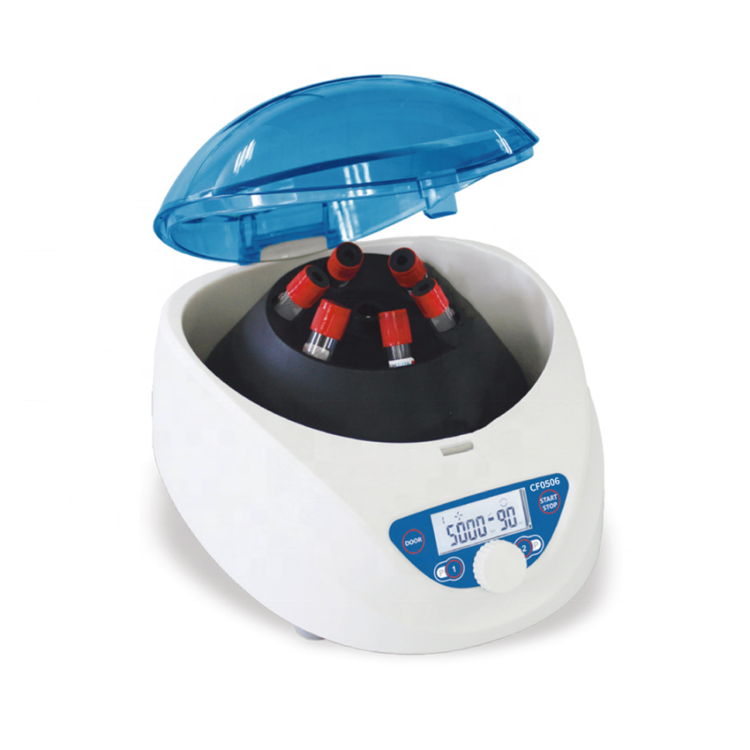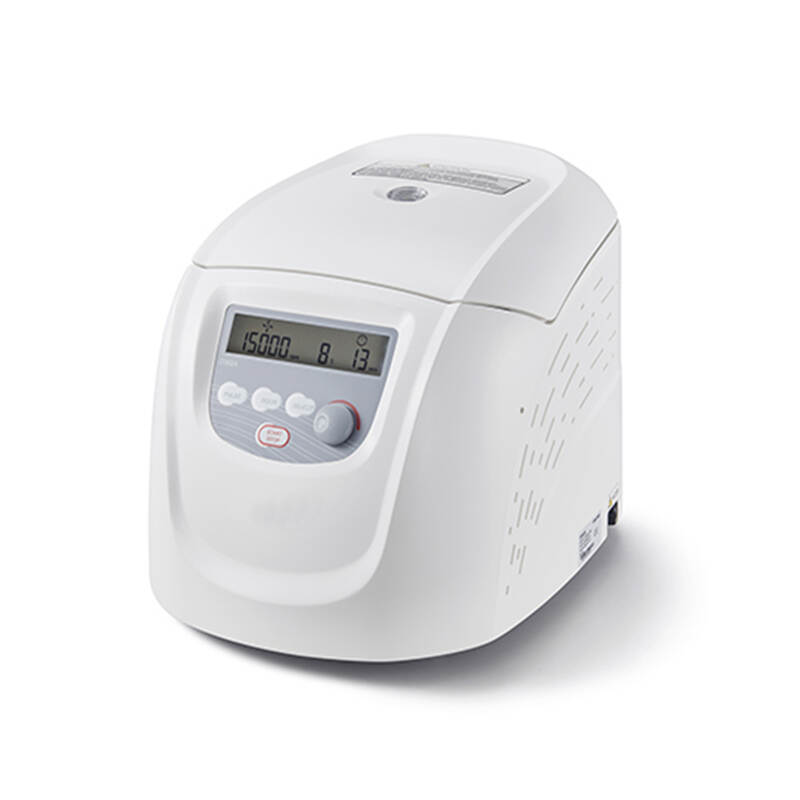Types of Laboratory Centrifuges
April 12,2023
Laboratory centrifuges are essential equipment in scientific research and medical laboratories. They are used to separate substances of different densities by spinning them at high speeds. Centrifuges come in different types, each with unique features and applications. In this article, we will discuss the various types of laboratory centrifuges.
Plasma Centrifuge
A plasma centrifuge is used to separate plasma from blood cells. It works by spinning a blood sample at high speeds, causing the heavier blood cells to settle at the bottom of the tube while the lighter plasma rises to the top. The plasma can then be collected and used for various medical purposes, such as transfusions or diagnostic tests. Plasma centrifuges are commonly used in blood banks, hospitals, and research laboratories.

Low Speed Centrifuge
A low-speed centrifuge operates at relatively low speeds, typically between 1,000 and 10,000 revolutions per minute (rpm). It is used for the separation of materials that are not highly dense, such as cells, bacteria, and subcellular organelles. Low-speed centrifuges are commonly used in medical and biological research laboratories for various applications, such as cell culture, protein purification, and DNA isolation. They are also used in clinical settings for the separation of blood and other bodily fluids.
High Speed Centrifuge
A high-speed centrifuge operates at very high speeds, typically between 10,000 and 100,000 revolutions per minute (rpm). It is used for the separation of materials that are highly dense, such as proteins, viruses, and subcellular organelles. High-speed centrifuges are commonly used in medical and biological research laboratories for various applications, such as protein crystallization, virus purification, and DNA sequencing. They are also used in clinical settings for the separation of blood components, such as platelets and plasma. High-speed centrifuges are typically larger and more expensive than low-speed centrifuges, but they offer greater separation efficiency and speed.

Mini Centrifuge
A mini centrifuge is small in size and operates at relatively low speeds, typically between 1,000 and 10,000 revolutions per minute (rpm). It is used for the separation of small volumes of materials, such as DNA, RNA, and proteins. Mini centrifuges are commonly used in molecular biology and biochemistry laboratories for various applications, such as PCR, gel electrophoresis, and protein assays. They are also used in clinical settings for the separation of small volumes of blood and other bodily fluids. Mini centrifuges are typically compact, portable, and easy to use, making them a popular choice for many laboratory applications.
In conclusion, laboratory centrifuges are essential equipment in scientific research and medical laboratories. They come in different types, each with unique features and applications. For more information about centrifuges, please contact us at willing@ikemelab.com.